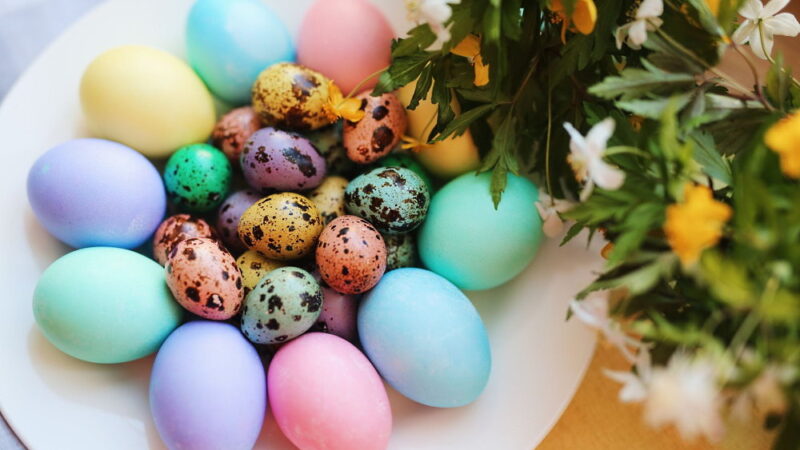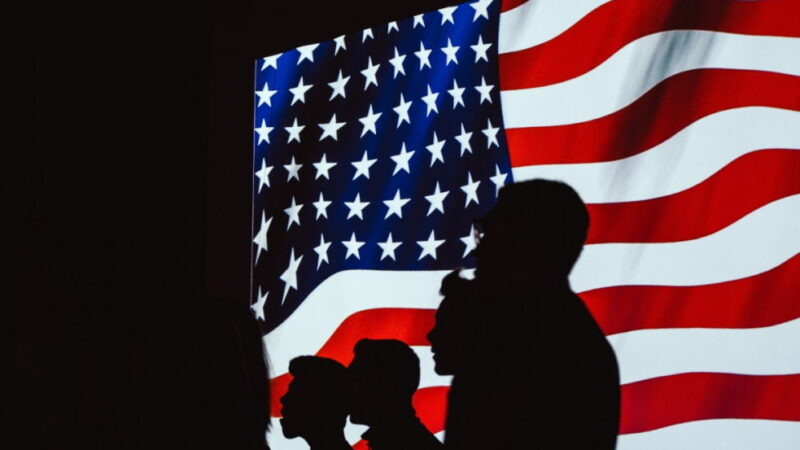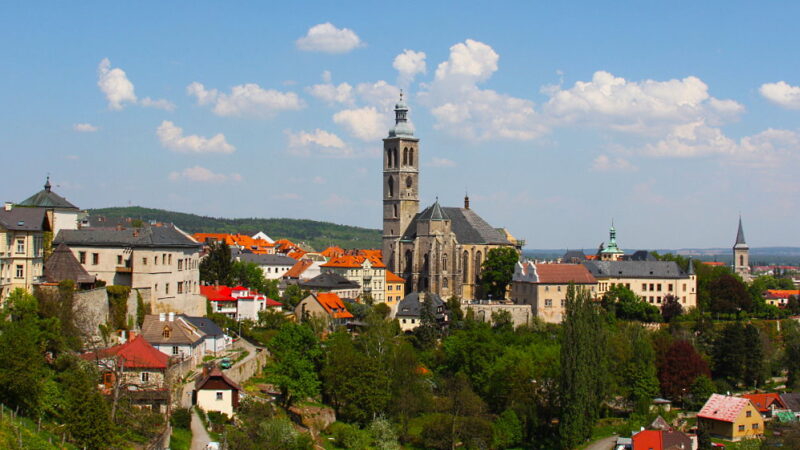Easter is one of the most significant holidays in the Christian calendar, celebrated by millions around the world. It is a time of deep spiritual reflection, joy, and community. Children eagerly anticipate Easter, as it is often associated with fun activities, delicious treats, and family gatherings. The holiday has a rich history and is filled with traditions that vary widely across different cultures and denominations, making it a truly global celebration.
History
The origins of Easter are deeply rooted in Christian tradition. According to biblical texts, Easter commemorates the resurrection of Jesus Christ from the dead, an event that is central to Christian faith. This miraculous event took place three days after Jesus was crucified on Calvary, a hill outside Jerusalem. His resurrection is seen as a victory over death and sin, offering the promise of eternal life to all who believe.
The Sunday before Easter is known as Palm Sunday. This day commemorates Jesus’ triumphant entry into Jerusalem, where he was greeted by crowds waving palm branches, symbolizing victory and peace. In many Christian communities, this day is marked by the distribution of palm fronds or branches from local trees, such as willows, as a symbol of peace and renewal.
Easter’s date is determined by the ecclesiastical approximation of the March equinox. It is celebrated on the first Sunday after the first full moon occurring on or after the equinox, which means it can fall anywhere between March 22 and April 25. This dating method ties Easter to the Jewish holiday of Passover, which is also based on the lunar calendar.
Easter Traditions Around the World
Easter is celebrated in many different ways around the world, with each culture adding its unique customs and practices to the observance of this holy day.
In the United States, Easter is marked by the famous Easter egg hunt, where children search for brightly colored eggs hidden in gardens, parks, and homes. These eggs, often filled with candy or small toys, symbolize new life and the resurrection. Another popular tradition is the Easter Bunny, a mythical creature said to bring Easter eggs to children.
In European countries such as Poland and Hungary, Easter Monday is celebrated with a tradition known as “Śmigus-Dyngus” or “Wet Monday,” where people playfully sprinkle water on each other. This custom is said to symbolize the cleansing of the spirit and the coming of spring.
In Greece, Easter is the most important religious holiday, marked by a midnight church service on Holy Saturday. At the stroke of midnight, the church bells ring, fireworks are set off, and people greet each other with “Christos Anesti” (Christ is Risen), to which the reply is “Alithos Anesti” (Truly He is Risen). Red-dyed eggs, symbolizing the blood of Christ, are cracked against each other with the phrase “Christos Anesti,” and the winner is the one whose egg remains uncracked.
In the Philippines, Easter is celebrated with a unique tradition called “Salubong,” a reenactment of the meeting between the risen Christ and His mother, Mary. This event takes place early on Easter Sunday, with a procession and a dramatic unveiling of the statue of Mary, symbolizing her joy at seeing her son resurrected.
Easter Foods
Food plays a significant role in Easter celebrations, with each culture offering its own traditional dishes. In Italy, for example, “Colomba Pasquale,” a dove-shaped sweet bread, is a popular treat. In the United States and the United Kingdom, hot cross buns—spiced sweet buns marked with a cross on top—are traditionally eaten on Good Friday, the day commemorating Jesus’ crucifixion.
In Eastern Europe, a traditional Easter meal might include dishes such as “Paska,” a rich, sweet bread decorated with religious symbols, or “Babka,” a tall, cylindrical cake. In Greece, “Magiritsa,” a soup made from lamb offal, is served after the midnight service to break the Lenten fast.
How to Take Part
Easter traditions vary between Orthodox Christians and Catholics due to differences in the liturgical calendar. However, there are several universal ways to participate in this important holiday:
- Egg Decoration: It is customary to paint eggs, which symbolize new life, in light pastel colors such as blue, pink, and lilac—these are the colors of spring. In some traditions, eggs are also painted in deep red to represent the blood of Christ.
- Baking and Feasting: Baking is a significant part of Easter celebrations. Traditional cakes, breads, and desserts, such as Italian Colomba, British Simnel cake, or German chocolate eggs, are prepared and shared with family and friends.
- Attending Church Services: The celebration often begins on Saturday night with a vigil service that continues into Easter Sunday. These services are filled with hymns, prayers, and readings from the Bible, culminating in the joyful announcement of Christ’s resurrection.
- Giving to Others: Easter is also a time for charity and kindness. Many people choose to donate to those in need or volunteer their time to help their communities.
The 40 days preceding Easter are known as Great Lent, a period of fasting, prayer, and reflection observed by many Christians. This time is meant for spiritual preparation, allowing believers to cleanse their bodies and minds in anticipation of the celebration of Christ’s resurrection.
When is Easter in 2025?
Easter is observed on the first Sunday after the first full moon following the March equinox.
Observations
| Weekday | Month | Day | Year |
| Sunday | April | 20 | 2025 |
| Sunday | April | 5 | 2026 |
| Sunday | March | 28 | 2027 |
| Sunday | April | 16 | 2028 |
| Sunday | April | 1 | 2029 |




